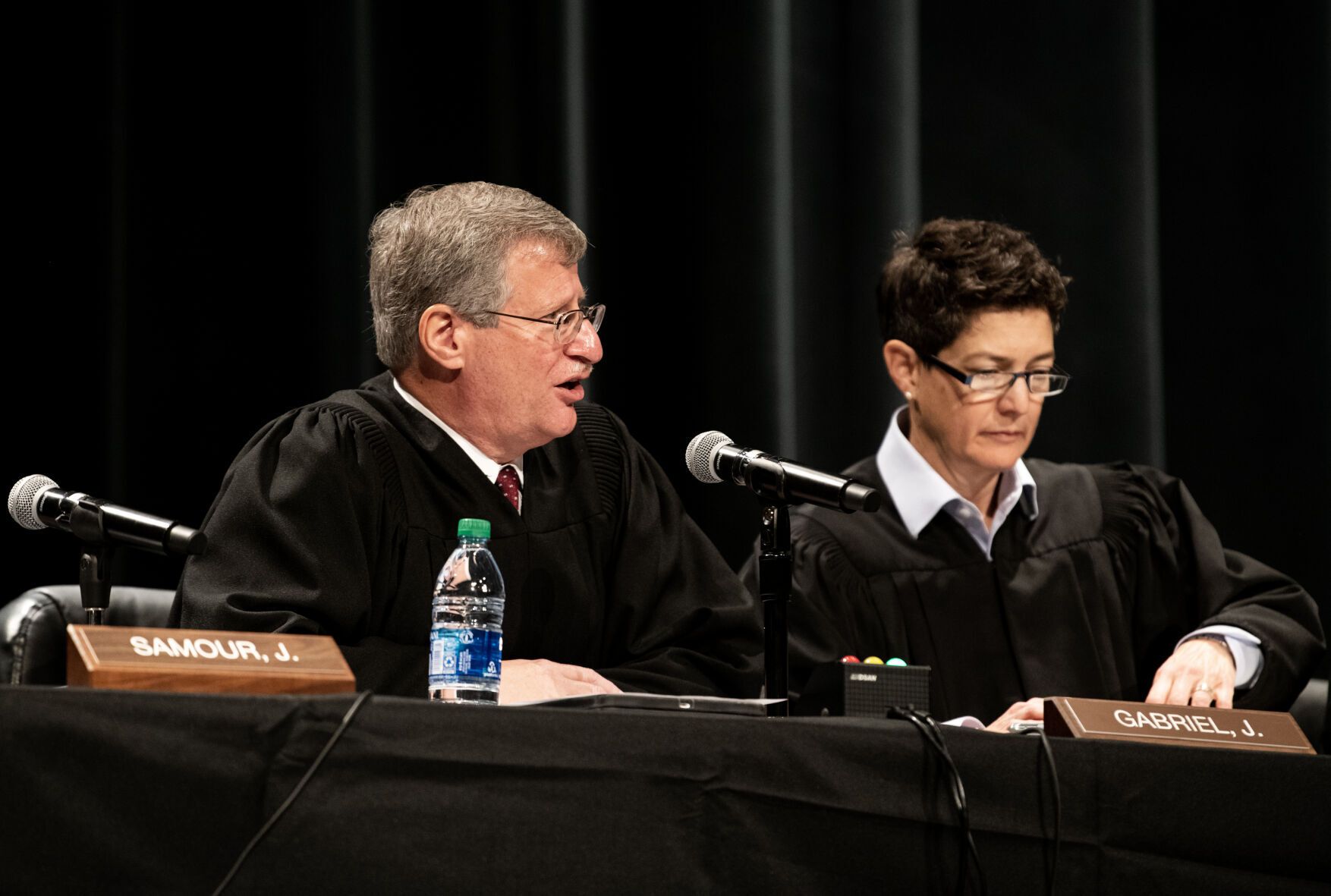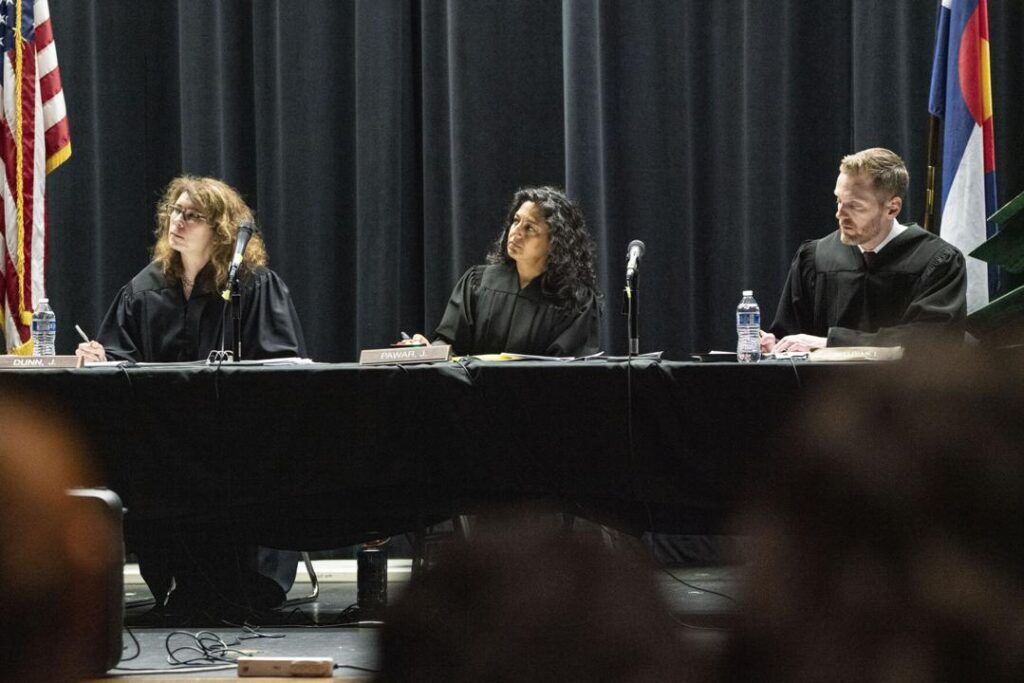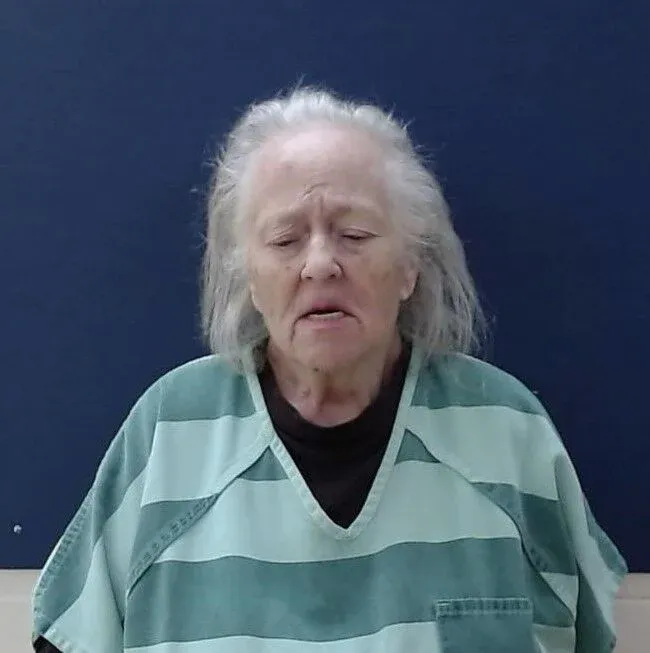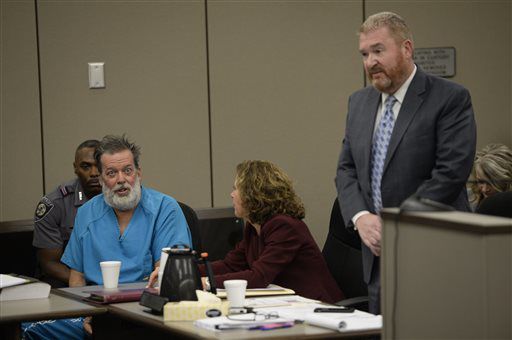Colorado justices address conflict between anti-SLAPP law, state constitution

Colorado lawmakers in 2019 created a mechanism to quickly dispose of lawsuits over conduct that implicates a person’s First Amendment rights, specifically the rights to free speech and to petition the government.
Known as the “anti-SLAPP” law, which stands for “strategic lawsuits against public participation,” the legislature provided that when a judge rules on a motion to dismiss, any appeal goes to the Court of Appeals.
But there is a problem with that procedure. The Colorado Constitution does not allow a direct path to the Court of Appeals in every instance.
During oral arguments on Tuesday, the state Supreme Court considered what should happen in a specific circumstance: A county court judge grants an anti-SLAPP motion to dismiss and the plaintiff is looking for a place to appeal.
For plaintiff Rebeca Hinds, the answer is that anti-SLAPP motions cannot be filed in county court in the first place. The Supreme Court appeared doubtful.
“Is this question before us?” asked Justice Richard L. Gabriel. “I don’t think that it is.”
“What textual basis do you have for that solution?” added Chief Justice Monica M. Márquez.

In 2023, Hinds filed a lawsuit in Chaffee County against her neighbor, Corinne Foreman-Rash. She claimed Rash defamed her by making false statements to police. Rash filed a motion to dismiss under the anti-SLAPP law and County Court Judge Diana C. Bull granted it, finding Hinds had not satisfied all components of her defamation claim.
Hinds appealed to the Court of Appeals, but a three-judge panel assigned to the case noticed a problem. The Colorado Constitution and state law provide that appeals of final county court decisions go directly to district courts or, in some instances, the Supreme Court. In other words, the Court of Appeals seemingly could not be the first stop for Hinds’ anti-SLAPP appeal out of county court.
A few months prior, a different appellate panel addressed for the first time whether the anti-SLAPP law could be applied in eviction cases, which typically unfold in county court. The Court of Appeals answered yes, but warned that in a scenario where a county judge granted a motion to dismiss in a final order ending the case, a litigant “may have been obligated to file two appeals from the same ruling in two different courts.”
“This worst-case scenario is, of course, happening here. The county court has entered an order with an unclear path of appeal,” wrote Judges Stephanie Dunn, Neeti V. Pawar and Pax L. Moultrie in an Aug. 16 order upon reviewing Hinds’ appeal.
The judges asked Hinds and Rash to provide their thoughts about how the appeal should proceed in light of the anti-SLAPP law’s seeming conflict with the constitution.

Hinds argued the Court of Appeals should conclude that county courts cannot hear anti-SLAPP motions, and asked that her lawsuit be reinstated as if the dismissal had never happened. Rash responded that the legislature cannot override the constitution, and the Court of Appeals should reject the appeal because it had no power to hear it.
Instead, the panel did something different.
“This case comes to this Court via a strange pathway,” the appellate judges wrote to the Supreme Court, invoking a little-used mechanism allowing the Court of Appeals to transfer a case to the state’s highest court.
“Because this path of appeal is unprecedented, it appears every case following it will chance another fraught deviation from the normal appellate process,” the panel wrote. “Amid these uncertainties, every party to a county court case who is aggrieved by a ruling on a special motion to dismiss is forced to answer for themselves — with deadlines running — whether an appeal of the ruling is properly filed in this Court or in the district court.”
To the Supreme Court, Hinds reiterated her belief that the legislature did not intend for anti-SLAPP motions to be filed in county court cases. Rash countered that the law said nothing to that effect. Moreover, it would be logical to conclude that if a county judge grants a motion to dismiss and ends the case, the appeal should go to the district court as normal. If a county judge’s decision does not resolve the case, it can go to the Court of Appeals, as the anti-SLAPP law envisions.
“It may not be the most ideal, but it would resolve the morass,” said Gabriel.
“The proposal that we laid out seeks to avoid invalidating statutes, as this court tries to do, and to avoid conflicts with other statutes,” said Quentin H. Morse, the attorney for Rash.
Justice Melissa Hart did not attend the arguments. She has been on a leave of absence since late October for “family and personal health reasons.“
The case is Hinds v. Foreman.












